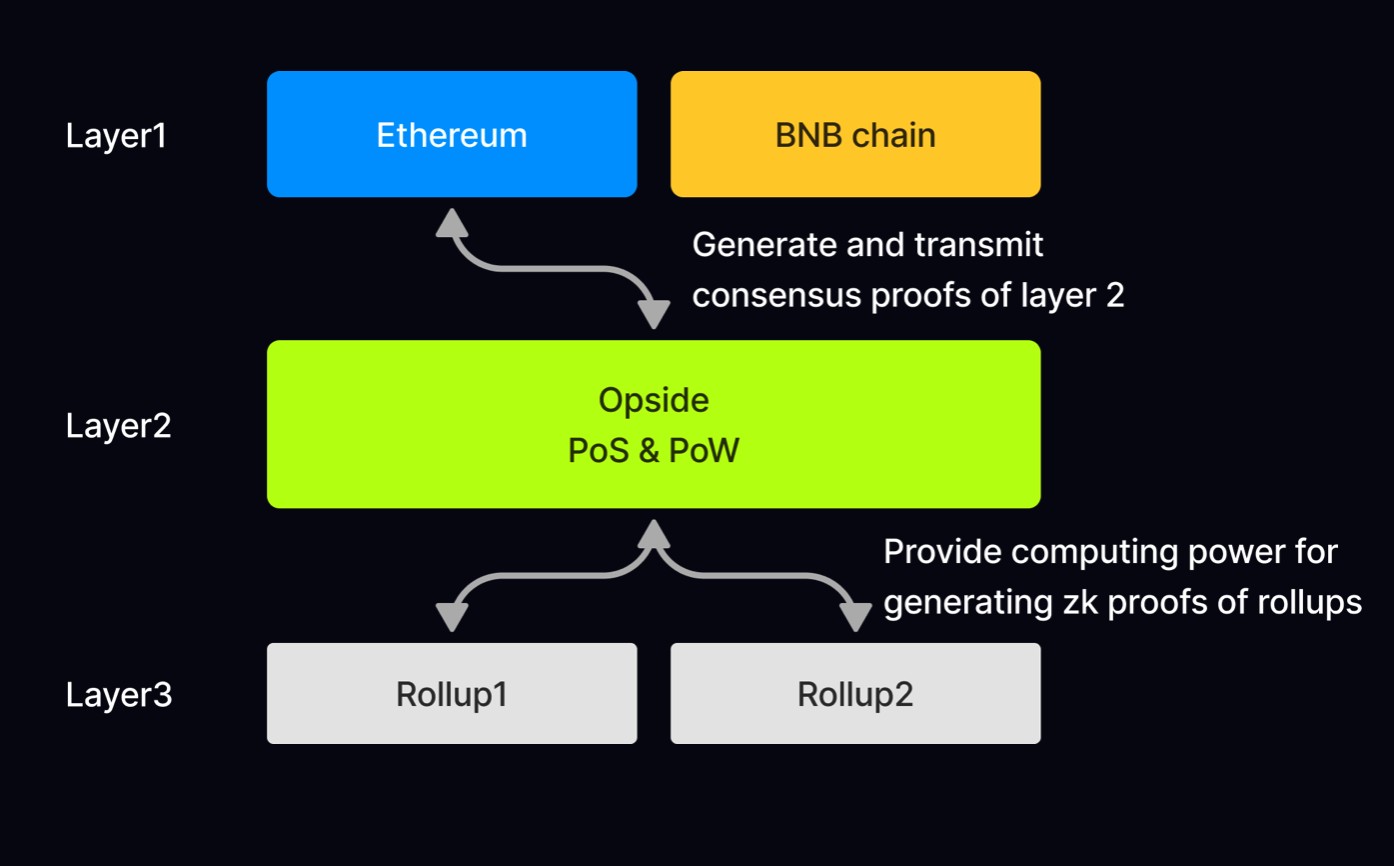
A new framework called "Native Rollups" is emerging as a potential solution to key challenges facing Ethereum's Layer 2 (L2) scaling solutions. This innovative approach aims to streamline how rollups interact with Ethereum's main chain while enhancing security and reducing complexity.
Native rollups would integrate directly with Ethereum's core transaction rules, allowing the main chain to validate transactions instead of requiring separate proof systems. This is achieved through the EXECUTE precompile - a built-in Ethereum function that enables rollups to leverage the network's own verification mechanisms.
"Native rollups represent a simpler path forward where L2s can remain fully synced with Ethereum without needing extensive maintenance," explains Justin Drake, a prominent Ethereum researcher who helped develop the concept.
The key benefits include:
- Enhanced security by utilizing Ethereum's full validation capabilities
- Automatic adoption of network upgrades without governance votes
- Reduced operational overhead and maintenance requirements
- Improved interoperability between different L2 solutions
Another emerging concept is "Based Rollups," which rely on Ethereum's Layer 1 validators for transaction sequencing. Taiko has launched as the first based rollup implementation, with other teams like Spire Labs actively developing similar solutions.
When a rollup is both native and based - meaning Ethereum handles both sequencing and transaction verification - it creates what experts call an "ultrasound rollup" that maintains perfect alignment with Ethereum's security model and roadmap.
However, native rollups face some limitations. They must operate within Ethereum's existing gas limits and execution environment. The EXECUTE precompile they depend on also increases data availability costs substantially.
Industry experts predict the rollup ecosystem may evolve into three main categories:
- Enterprise rollups optimized for business needs
- Performance-focused rollups prioritizing speed and cost
- Native rollups maximizing security and Ethereum integration
While native rollups may not become universal, they offer a compelling path toward a more secure and interoperable Layer 2 ecosystem. Early implementations could arrive as soon as next year, though full technical maturity will require extensive development and testing.
"This approach creates a smoother and safer experience for users while reducing complexity for developers," notes Dan Robinson, another key contributor to the native rollups framework.
As Ethereum continues expanding its scaling capabilities, native rollups emerge as a promising solution for maintaining security and synchronization across the growing Layer 2 landscape.